
The New Testament describes the miracles Jesus performed — many of them near the Sea of Galilee, in the northwestern corner of Israel, where he spent much of his adult life. The Sea of Galilee, the lowest freshwater lake on Earth, was the focal point of today’s trip for us on our first day in the Holy Land.
At 7:50 a.m. sharp, we hopped on a bright blue bus, still jet-lagged and groggy from our late arrival in Nazareth the night before. After driving about two hours north, we were greeted by the sun sparkling on the lake on which Jesus once walked, Christians believe.
Our first stop was the Church of the Beatitudes, which was packed with pilgrims from all around the world. Built by Antonio Barluzzi in the 1930s uphill from Byzantine ruins where Jesus delivered the Sermon on the Mount. The church overlooks the Sea of Galilee. To the west of the lake are the towns of Galilee and Tiberias, and to the left was the Golan Heights.
It was here where our tour guide, Akiva Sygal, explained the significance of the lake, and why fish play an important role in Christianity.
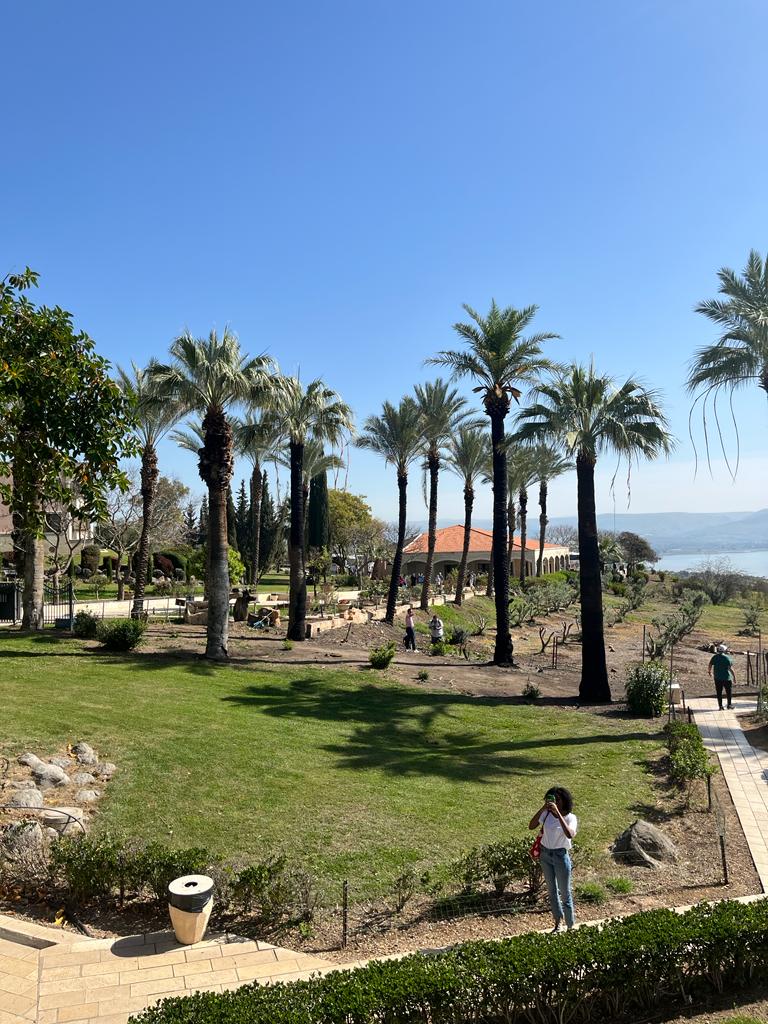
Jesus began preaching after he turned 30. Surprisingly, there aren’t any accounts of what his life really looked like before this time. When he became the leader of a new faith in a place where Judaism was still very much the dominant religion, he started preaching to fishermen in the sea’s coastal towns — those men became his first disciples, and fish became a symbol in Christianity. — The symbol of fish was also a way for Christianity to differentiate itself from Judaism and represent a fresh new idea, which has now become one of the world’s biggest religions.
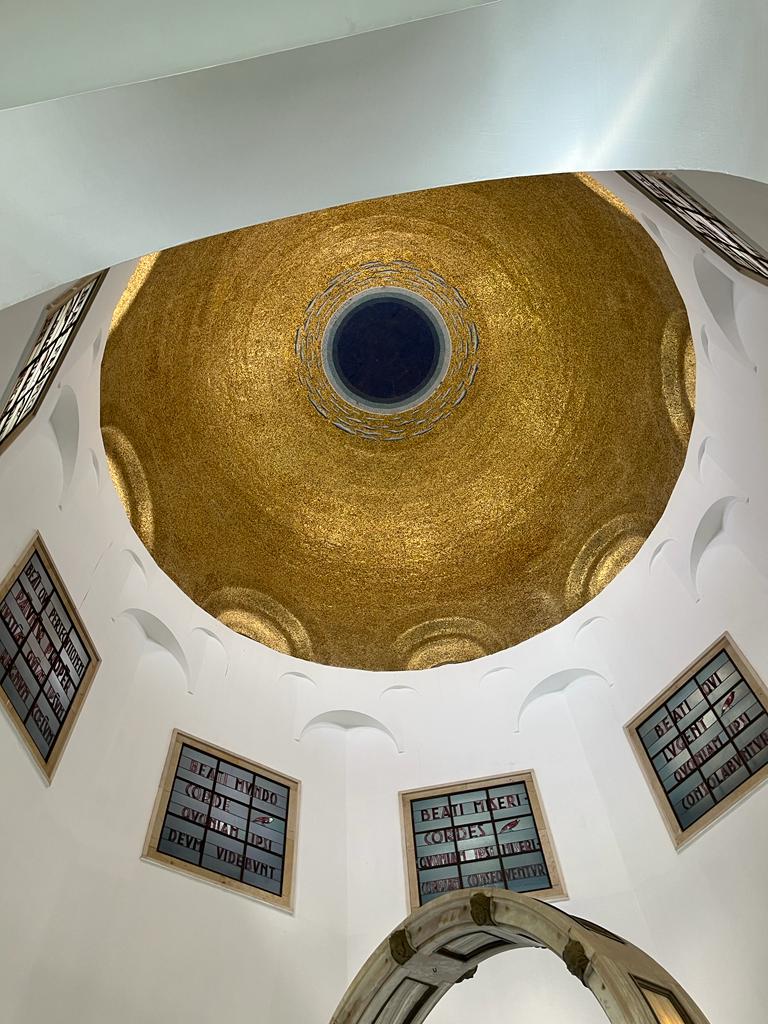
It was at the Church of the Beatitudes where we were introduced to a little book called the New Covenant. The Bible, the holy book for Christians, is composed of the Old Testament (which those who practice the Jewish faith refer to as the Torah) and the New Testament, which describes Jesus’s life . In Israel, most buildings, homes, and hotels already have the Old Testament. For those who are Christian, they can get a small book called the New Covenant which just contains the New Testament.
Our next stop was the Capernaum, a fishing village located on the northern shore. This is where it was believed that Jesus had given his first sermon in the synagogue.
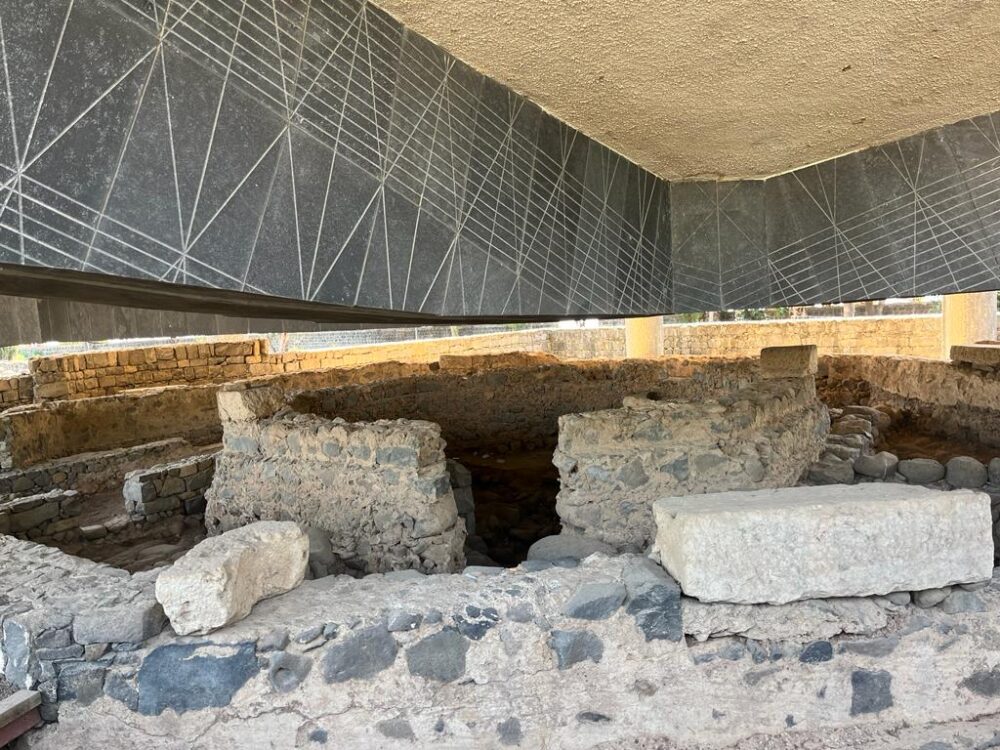
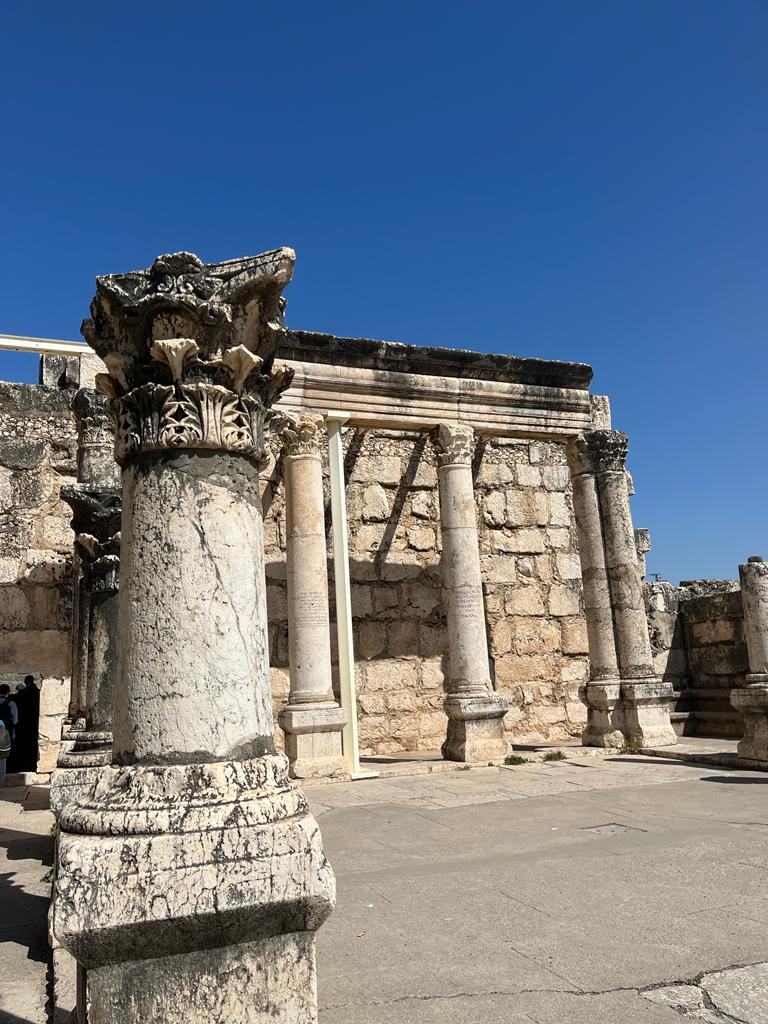
For me, the most interesting thing about Capernaum was the history of how it slowly transformed from a Jewish town to a mixed Jewish-Christian community. In its early years, Christians practiced their faith secretly. Disciples designated a house in the Jewish village as a Church, and they slowly started coming to pray covertly. As Christianity grew more dominant, a formal church was built in its place. Ruins of a massive synagogue stand nearby.
It is here where we learned the verb “to capernaum,”–to be messy (a term Fiona actually already knew).
The next stop was the Church of Multiplication, a Roman Catholic church located at Tabgha, on the northwestern shore of the Sea of Galilee. We were introduced to the Christian story of the 5 loaves and 2 fish, with which Jesus was able to feed 5,000 people. The courtyard was peaceful, with a small area for 2 fish and an olive tree.

We traveled next to the coastline town of Tiberias, a Jewish town. It’s an important area for the Jewish community today, but this was not always the case. When the Roman Empire swept past Jerusalem, they burned down the Jewish temple, and the community found refuge in Tiberias. It became a holy site for the Jewish community, where it could visit the graves of rabbis, scholars and poets who lived in the city. While the Jewish faith considers graves to be a space of impurity, they also represent history, and in time may become holy sites.
Before 1948, Tiberias was a mixed Arab and Jewish town, and in 1948, it became the first Jewish town of Israel. We visited the tomb of the Rambam, or Maimonides, and what remains of an abandoned mosque where Muslims once docked their boats and completed daily prayers.

Our next stop was onto a large wooden boat, which took us around the Sea of Galilee
This was the first time during the day that we were able to sit back, relax and enjoy Arabic songs and one of the most iconic pieces of music, “Here Comes the Sun” by the Beatles.
Refreshed and on the verge of an afternoon siesta, we headed to our final stop of the day – Kibbutz Ein Gev. It is here that we met a longtime Israeli resident of the kibbutz. He told us the history of kibbutzim, Israeli community settlements–often agricultural–where members live, work, and eat together.
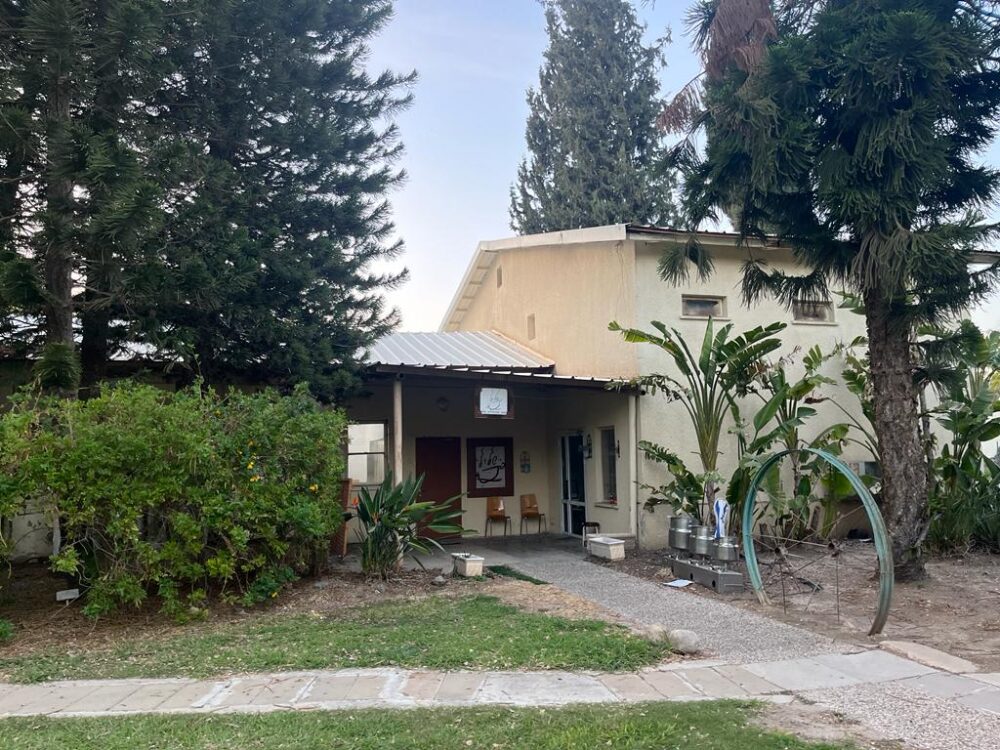
The two most important values of a kibbutz are cooperative and communal living. In fact, we learned that the kibbutz was a safe space for refugees who fled the Soviet Union in the early 1990s. Our conversation Was briefly interrupted as a group of children drove nearby on their toy tractor, waving at us before we headed back to Nazareth. The speaker told us that kibbutzim were uniquely Israeli, and that while other communities throughout history have tried to live communally, each culture had to find a version of that works for them.
“You can take the idea of a kibbutz, but you can’t copy it” exactly, he said.
Stay tuned for tomorrow’s adventures told through the eyes of the lovely Ania and Nora!
